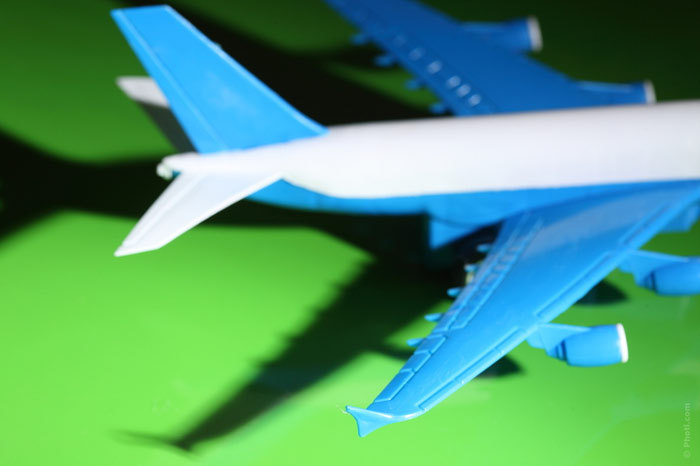
Haemostasia, or blood stagnation in the lower limbs, during air travel is known as economy class syndrome. However, how does it relate to the ticket price?
An Englishwoman Emma Christoffersen used to be engaged in sports. At 28 she earned enough money to afford to fly to the Olympic Games in Sydney. However, on flying back to London after her three-week stay, she felt bad. Emma managed to wait for the landing, but fainted at the arrival hall and died on the way to the hospital.
Emma suffered deep vein thrombosis. A blood clot formed in her leg, pulled away from the vessel wall, and reached the pulmonary artery. This violated the normal process of gas exchange between blood and lungs and resulted in death.
Clot formation itself may be asymptomatic or accompanied by a sharp shin or thigh swelling, painful seal along the saphenous veins. If you are not on the plane, seek immediate medical care. A doctor will do the necessary medical tests and pick the right drug with minimal side effects.
Sometimes the clot dissolves itself leaving no impact or remains in the vein indefinitely, without revealing itself. However, it may cause pain in the limbs and even break away from the vessel wall, move with the bloodstream and eventually violate blood circulation in the lungs.
According to researchers at the University Hospital of Padova, pulmonary embolism due to deep vein thrombosis is one of the most common causes of sudden death. It killed 20 % of people who were considered healthy.
What about ticket price?
Journalists who wrote about Emma actively used the expression “economy class syndrome”. In fact, cheap airline tickets imply a small distance between the rows of seats. It prevents people from moving their legs or just straightening them. In case of a long flight, it can lead to deep vein thrombosis.
However, in 2012 doctors from the American Thoracic Society, the most prestigious organization in the study of pulmonary thromboembolism, issued an official statement. They claimed there was no reason to associate deep vein thrombosis with flights in economy class. It can occur with business class passengers, as well as those who prefer buses, trains, or cars, or even those who are staying at home.
The researchers have listed nine factors that increase the risk of deep vein thrombosis:
- previous history of such diseases;
- oncology;
- recent surgery or trauma;
- sedentary lifestyle;
- age (the older a person – the higher the risk);
- estrogen (including oral contraceptives);
- pregnancy;
- overweight;
- in the case of journeys – a window seat.
Take a seat in the aisle
No window seats – sounds even stranger than the advice to buy tickets in business class. How can it do harm to our veins when we enjoy views of the clouds? However, the reason is that we are polite and do not want to disturb our neighbors. Therefore, even if the passenger’s feet go numb, he or she would not stand up and walk in the aisle. Doctors say your health is more important than neighbors’ comfort. Walk around the cabin every hour. While you are sitting, move your feet: make circular movements, wiggle your fingers.
People who lead an active lifestyle have better blood circulation and a lower risk of the disease. Directly during the flight it is recommended to drink plenty of fluids and avoid alcohol. Dehydration thickens the blood, which increases the risk of blood clots.
In fact, we are not talking about the “economy class syndrome” as such, but about travelling and long flights – “a traveler’s syndrome.” Indeed, with non-stop flights, when a person sits for more than three hours, the risk of deep vein thrombosis (DVT) significantly increases, even with healthy people. The trick of DVT is that in 25% of cases it develops without symptoms – people may think they are healthy, while their life is in danger.
Long flights are associated with a high risk of spontaneous thrombosis due to the influence of several factors, the main ones being prolonged immobility, differences of atmospheric pressure, often dehydration (especially if you’re flying to hot countries).
To minimize the risk of DVT, take specific action:
- If the flight lasts over three hours, stand up and walk around the cabin each hour, wear compression hosiery (stockings, tights). If you can not get up, lift the feet from heel to toe (pedal movement) from time to time. Deep abdominal breathing can help accelerate the blood flow through the veins.
- Drink plenty of fluids during the flight. Eliminate alcohol, which contributes to dehydration.
- Follow doctor’s recommendations for your age group, for example, aspirin, etc.
Flights and varicosity
You should also remember that people with varicose veins can suffer aggravation not only during the trip, but generally in the holiday season. Vein tonics can help improve circulation in venous capillaries, protect vein walls from damage, and reduce swelling.






